
Holzworth Instrumentation was founded on the sole premise of providing the industry’s most accurate phase noise test systems, with a heavy emphasis on measurement speed, reliability and ease of use, while maintaining reasonable price points. Due to a lower market demand at the time, there were only a few test equipment manufacturers offering phase noise analysis products. With continuous growth occurring in both the defense and commercial high speed communications sectors, the founders of Holzworth saw an increasing demand for phase noise analysis on the production test floors of system, component and chipset manufacturers.
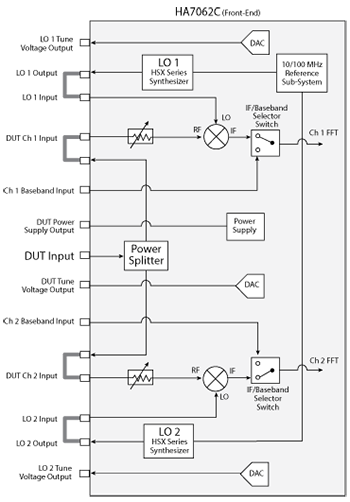
Figure 1 HA7062C front-end block diagram.
The HA7062C real-time phase noise analyzer is a dual-channel, cross-correlation system that was designed to address both the needs of R&D engineering as well as high volume manufacturing. The versatile design can collect data to unprecedented noise floor levels with industry-leading data acquisition speeds at the touch of a button. The reconfigurable analog front-end eliminates issues common to digital phase noise test systems, while offering numerous extended capabilities:
INTERNAL LOs
At its foundation, the analyzer utilizes two high performance HSX series RF synthesizers as the internal LO sources (see Figure 1). These 10 MHz to 6 GHz synthesizers offer excellent phase noise performance (-144 dBc/Hz at 10 kHz offset with a 1 GHz: signal) and a pure spurious response of -90 dBc, typical. The use of internal LOs with these performance characteristics, as well as being optimized for low amplitude modulation (AM) noise, results in fast, clean data acquisition. For measurements using the internal LOs, the LO “jumper cables” remain in place to route each LO signal to its respective mixer (phase detector) via the LO input port.
As a bonus, removing either LO jumper cable provides direct access to the independent, high performance synthesizer at the ch1 or ch2 LO output ports. Users have full graphical user interface (GUI) control of the internal synthesizers, which can be used as a high performance frequency source for additive measurements or a multitude of other test and measurement purposes.
EXTERNAL LO MODE
External LO mode is also available with the LO jumper cables removed. In 2010, Holzworth pioneered and automated the external LO mode function, primarily for high-end crystal oscillator manufacturers, with the release of the HA7402A phase noise analyzer engine (see Figure 2). Utilizing two external voltage-tunable LO sources having the same frequency and similar phase noise performance as the device under test (DUT), provides immediate and accurate results to very low noise levels. This feature has been carried forward throughout Holzworth’s analyzer revisions, including the current HA7062C, because profits are often measured in microseconds when it comes to high volume production. Naturally, other phase noise analyzer providers have adopted this timesaving measurement feature.
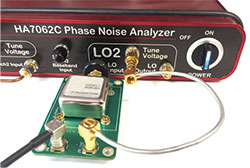
Figure 2 The external LO mode function was developed primarily for evaluating crystal
ADDITIVE PHASE NOISE
Automated additive (residual) phase noise measurements are a key feature of the HA7062C. Residual measurements have traditionally required an intensive test setup, especially when measuring devices such as DDS ICs, multipliers, dividers and mixers. The HA7062C offers fully automated, cross-correlation, additive phase noise measurements by adding a pair of Holzworth exclusive HX5100 series electronic phase shifters (see Figure 3). Incorporating the electronic phase shifters into an additive setup allows the analyzer to automatically set system quadrature and readily acquire data traceable to the National Institute of Standards and Technology (NIST) in Boulder, Colo. For users who prefer mechanical phase shifters, the HA7062C includes a quadrature monitor that provides visual feedback for quickly setting optimal quadrature to make valid measurements. To maintain NIST traceability, the system performs an internal calibration prior to every additive measurement, whether the HX5100 or mechanical phase shifters are used.
MEASUREMENTS TO 26 GHz
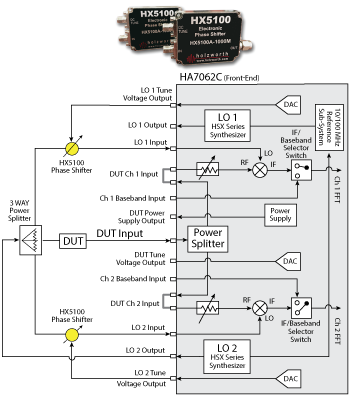
Figure 3 Adding a pair of electronic phase shifters enables the HA7062C to perform fully automated, cross-correlation, additive phase noise measurements.
The HA7062C base unit measures device frequencies to 6 GHz; there is no need to spend additional capital if a frequency extension is not necessary. For users pushing past 6 GHz, Holzworth offers the easily integrated HX4920 down-converter for precise, NIST traceable measurements to beyond 26 GHz. Once installed into the test setup, the user simply selects a radio button within the application GUI, and the analyzer automatically makes the appropriate system adjustments.
ACCURACY
Anyone familiar with phase noise measurements is aware of the constant scrutiny of the data, simply because of the incredibly low measurement levels achieved. Holzworth maintains that data accuracy is the most critical factor for any phase noise analysis system, placing it above and beyond any other parameter or feature. As modern devices push phase noise measurement requirements to lower and lower levels, accuracy becomes more difficult to maintain, especially as an instrument approaches its measurement limitations.
Holzworth’s prior generation phase noise analyzers were designed to be calibrated to the ANSI Z540 standard, to provide NIST traceable data for specific customer requirements. The HA7062C design also incorporates the Z540 calibration standard, but it has been further extended down to a 0.1 Hz measurement offset. Each HA7062C real-time phase noise analyzer is shipped with a Z540 calibration certificate at no additional cost to the user.
AM NOISE IMMUNITY
The HA7062C is capable of making precise, cross-correlated AM noise measurements while simultaneously measuring the phase modulation (PM) noise of a device. The ability to measure AM noise is not unique to the HA7062C, nor is the ability to simultaneously measure AM and PM noise. However, unlike other cross-correlating analysis solutions, the HA7062C’s hardware has been specifically designed so that the AM noise does not have a direct influence on the PM noise response. As shown in Figure 4, AM effects can affect the phase noise response curve in the form of an uncharacteristic bump or null. The data displayed in this phase noise plot was collected using an HA7062C and a phase noise analyzer from a well known provider, both measuring the same high performance signal generator with amplitude modulation enabled, to exaggerate the potential effects of AM noise on the PM response. NIST has spent many years researching these phenomena and has published the results of their independent study. For more information, refer to “A Collapse of the Cross-Spectral Function in Phase Noise Metrology” by C.W. Nelson, A. Hati and D.A. Howe, published on February 25, 2014.
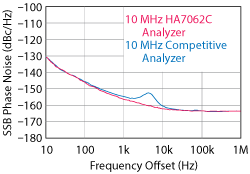
Figure 4 AM effects can add an uncharacteristic bump or null in the phase
MEASURABLE NOISE FLOOR
Until the release of the HA7062C, the published noise floor limits for phase noise analyzers have been approximations, based on theoretical limits. Due to manufacturing tolerances, varying thermal noise conditions and more, not even two identical analyzers can provide the exact same test result. For these reasons, the HA7062C has been uniquely configured so that a user can actually measure the noise floor limit of their analyzer at any given frequency, based on the measurement offset value and the number of cross-correlations applied. Figure 5 shows actual measured noise floors after 10x cross-correlations. Additional correlations will result in even lower measurement noise floors. The noise floor measurement configuration and additional data are available in the HA7062C product data sheet.
FAST AND EASY
Holzworth has direct experience with production test bottlenecks that are caused by phase noise measurements, because we have measured the phase noise of every single product we have ever shipped. By working closely with our customers and within our own laboratories, we have been able to greatly reduce the time to make these measurements. Immediately upon connecting a DUT, the analyzer makes all necessary system adjustments. Selecting “acquire,” the system self-calibrates and begins rapidly displaying data. As a demonstration of measurement speed, the data contained in the GUI screenshot of Figure 6 is from a high-end 100 MHz oven-controlled crystal oscillator (OCXO). This is an example of a standard, yet slower acquisition when measuring down to a somewhat tedious 1 Hz offset limit. The test statistics located directly under the data plot reveal that only one correlation was required to achieve a -180 dBc/Hz DUT measurement within 12 seconds.
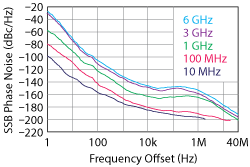
Figure 5 Measured HA7062C noise floors after 10x cross-correlations.
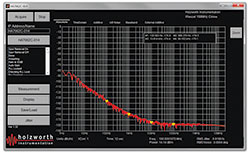
Figure 6 GUI screenshot showing the phase noise measurement of a 100 MHz OCXO, down to a 1 Hz offset.
To further increase ease of use, Holzworth incorporated standard commands for programmable instruments (SCPI) instruction sets from historically popular phase noise analyzers, for ease of implementation into automated test equipment (ATE) systems. Updating an ATE system with an HA7062C real-time phase noise analyzer can literally be as easy as plug and play. No GUI is necessary.
FORWARD THINKING
With all Holzworth phase noise analysis solutions, the expanded capabilities keep coming. New measurement features are continuously being added to the capable platform via firmware and application updates. When new features are added, they become available to all existing and new customers. Both the firmware and GUI are easily field upgradable and are available at no additional charge.
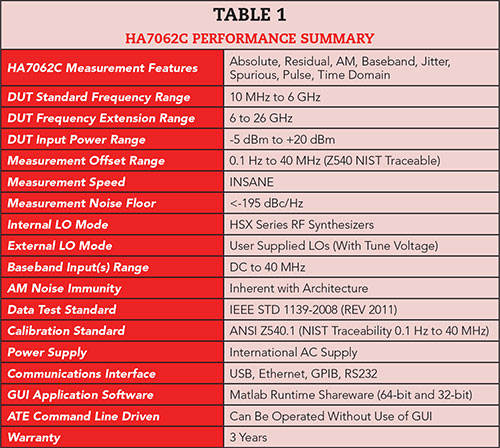
Due to the industry’s growing demand for phase noise measurement systems, more test equipment manufacturers and rebranding companies are entering the phase noise test market. Some phase noise analyzers perform very well, and some fall short of meeting even their own published specifications. Some offer an outstanding level of features, while also having a high cost of ownership. Selecting a solid phase noise analysis solution for a specific application requires an investment in time to thoroughly evaluate the best options. The Holzworth HA7062C real-time phase noise analyzer is a highly reliable, accurate and feature rich solution that is right at home in R&D laboratories and ATE environments (see Table 1).
Holzworth Instrumentation
Boulder, Colo.
www.holzworth.com
